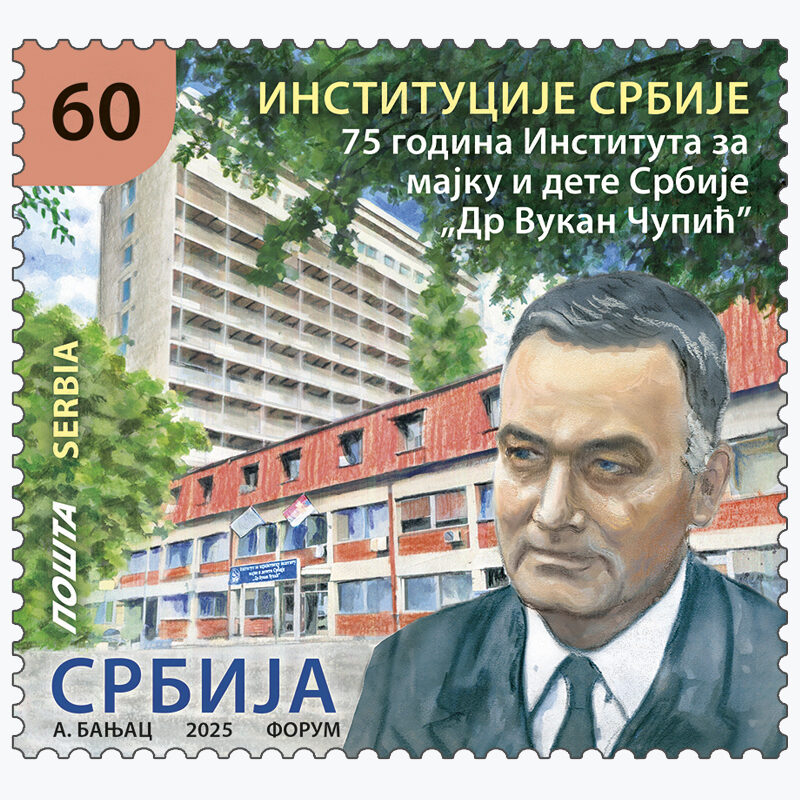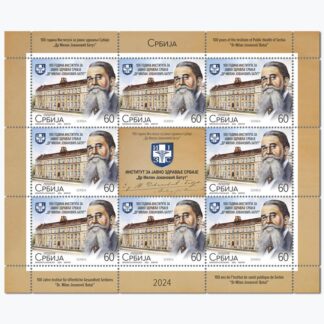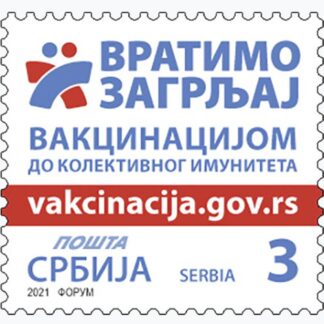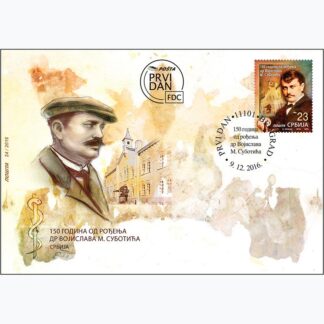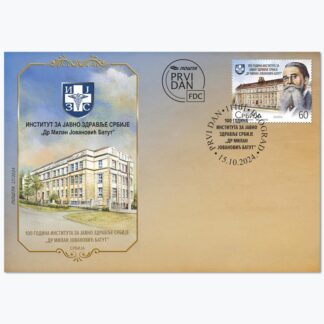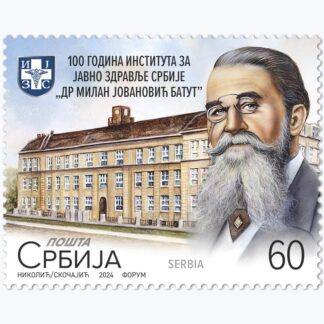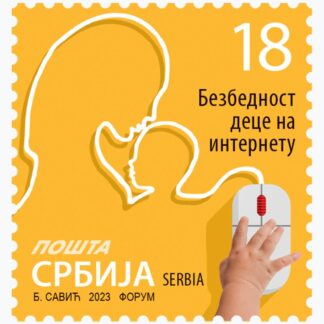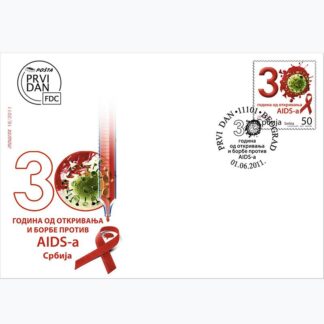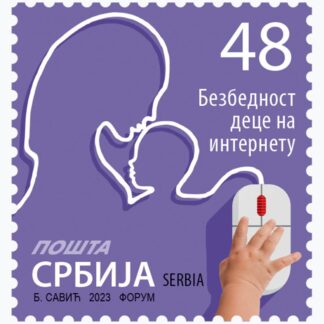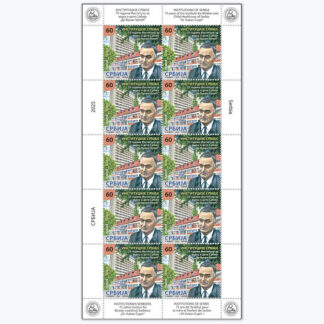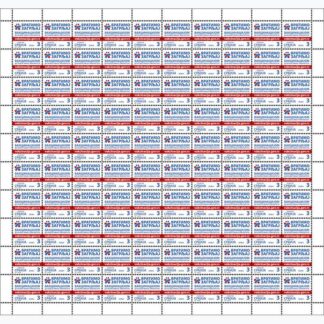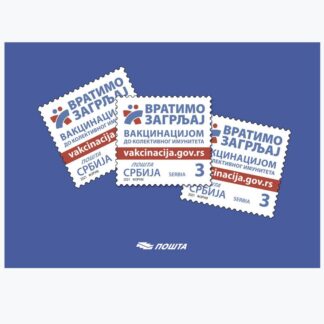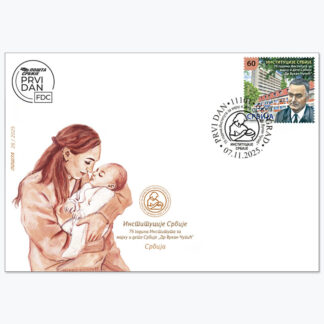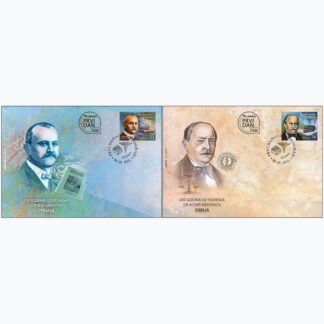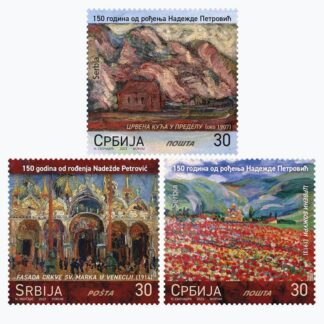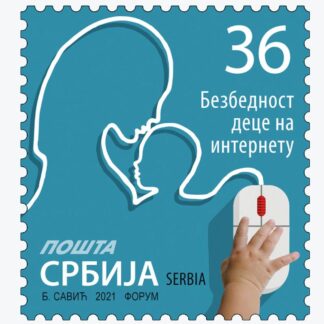Description
By a decree of the Government of the People’s Republic of Serbia of 25 April 1950, Institute for Mother and Child Health Care was established, originally under the name Institute for Health Care of the National Youth, with the aim of organizing and developing a national network of health institutions intended for women of reproductive age, preschool and school children. The first director was Dr. Vlastimir Ivković, then Dr. Miloš Bajšanski, and from 1953 until his retirement, the director’s duties were performed by Dr. Vukan Čupić (1920–1981).
Vukan Čupić began his medical studies in Marseille, France, in 1938 and graduated in Lausanne in 1944, where, as an outstanding student, he immediately became an assistant at the Pediatric Clinic. Right after the war, in 1945, he returned to our country and began working at a children’s clinic. He was an expert with exceptional, broad education, with a clear vision in the field of maternal and child health care, and under his leadership the Institute quickly became a reference institution in the field of youth health care, not only in the then Yugoslavia, but also beyond. A world-renowned expert in the field of maternal and child health care, a participant in numerous UNICEF missions, Dr. Vukan Čupić was also a full professor at the Faculty of Medicine in Belgrade and a member of the Medical Academy of Sciences.
Today, the Institute for Mother and Child Health Care of Serbia, named after Dr. Vukan Čupić, is a highly specialized institution that provides comprehensive health care to children, youth and women of reproductive age, using the most modern scientific, technological and biomedical achievements, integrating health, educational, scientific research and professional and methodological activities with the aim of improving the quality of health care. The Institute for Mother and Child Health Care is an institution that, in addition to direct health care for children, promotes health, humanity and provides support to children and their families.
Professional cooperation on the issue: Dr. Vladislav Vukomanović, Director of the Institute for Mother and Child Health Care “Dr. Vukan Čupić”
Artistic realization of the issue: MA Anamari Banjac, academic painter
